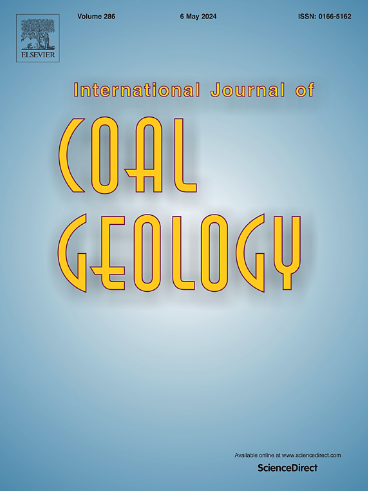Intelligent identification of coal macerals using improved semi-supervised semantic segmentation methods
IF 5.7
2区 工程技术
Q2 ENERGY & FUELS
引用次数: 0
Abstract
Recently, the demand for automatic coal maceral identification has gradually received much attention, and hence deep learning has been applied to the identification of coal macerals. However, a large number of labels are necessary for supervised learning, which imposes challenges for automatic coal maceral identification. In this study, the methods for identifying coal macerals were fully reviewed. Considering the limited data and the complexity of annotation, a semi-supervised semantic segmentation model combined with conditional random fields (CRF) algorithm was suggested for pixel-level identification of coal macerals. Initially, a new dataset of coal macerals was established. The dataset contains many different coal maceral images collected from the USA and China, as well as the corresponding labeled images. Then the model was trained through adversarial loss, and the prediction results were evaluated through pixel accuracy (PA) and intersection over union (IoU). The results are compared with other three existing unsupervised image segmentation methods. The semi-supervised model achieved, on average, PA and IoU of 84 % and 74 %, respectively. The results show that semi-supervised semantic segmentation can achieve high-precision identification of coal macerals. The CRF algorithm is then employed on the predictions of the model, and the accuracies for the three coal maceral groups achieved 81 %, 84 %, and 88 %, respectively. Finally, the application results of the model on the testing dataset are discussed to compare the differences between artificial intelligence and manual identification. This study demonstrates that semi-supervised semantic segmentation combined with CRF algorithm can be successfully applied to automatic coal maceral identification.
基于改进半监督语义分割方法的煤显微物智能识别
近年来,对煤显微组分自动识别的需求逐渐受到重视,深度学习被应用于煤显微组分的识别。然而,监督学习需要大量的标签,这给煤显微结构的自动识别带来了挑战。本文对煤矿物的鉴定方法进行了综述。考虑到数据的有限性和标注的复杂性,提出了一种结合条件随机场(conditional random field, CRF)算法的半监督语义分割模型,用于煤显微结构的像素级识别。首先,建立了一个新的煤矿物数据集。该数据集包含来自美国和中国的许多不同的煤显微图像,以及相应的标记图像。然后通过对抗损失对模型进行训练,并通过像素精度(PA)和交集比联合(IoU)对预测结果进行评估。结果与其他三种现有的无监督图像分割方法进行了比较。半监督模型的平均PA和IoU分别为84%和74%。结果表明,半监督语义分割方法可以实现对煤显微物的高精度识别。然后将CRF算法用于模型的预测,三种煤显微组的准确率分别达到81%,84%和88%。最后,讨论了该模型在测试数据集上的应用结果,比较了人工智能与人工识别的差异。研究表明,结合CRF算法的半监督语义分割可以成功地应用于煤显微结构的自动识别。
本文章由计算机程序翻译,如有差异,请以英文原文为准。
求助全文
约1分钟内获得全文
求助全文
来源期刊

International Journal of Coal Geology
工程技术-地球科学综合
CiteScore
11.00
自引率
14.30%
发文量
145
审稿时长
38 days
期刊介绍:
The International Journal of Coal Geology deals with fundamental and applied aspects of the geology and petrology of coal, oil/gas source rocks and shale gas resources. The journal aims to advance the exploration, exploitation and utilization of these resources, and to stimulate environmental awareness as well as advancement of engineering for effective resource management.
 求助内容:
求助内容: 应助结果提醒方式:
应助结果提醒方式:


